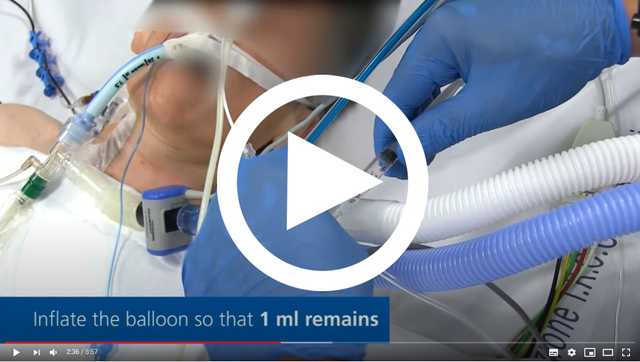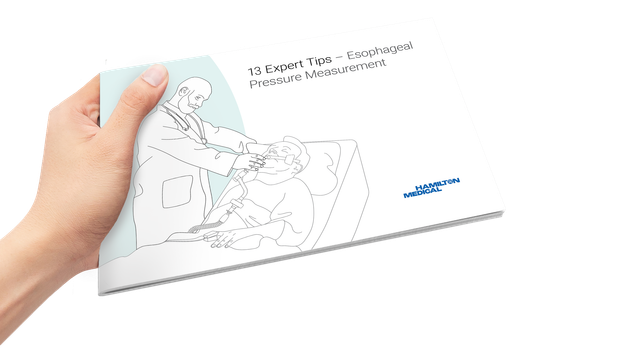
Author: Hamilton Medical
Date of first publication: 09.09.2020
Last change: 28.07.2023
Transpulmonary pressure measurement changed to monitoringCorrect placement of the esophageal catheter and balloon is critical for ensuring accurate transpulmonary pressure monitoring (TPM).

The two videos available below show you step-by-step how to insert a NutriVent or CooperSurgical esophageal balloon catheter, and ensure it is positioned correctly by means of an occlusion test. The insertion procedure is the same for different makes of catheters, but filling volumes for the balloons may differ. Please ensure you refer to the respective manufacturer's instructions for use.
Esophageal pressure may be used to:

Clinically proven recommendations about what to do and what to avoid when using esophageal pressure in ARDS patients.